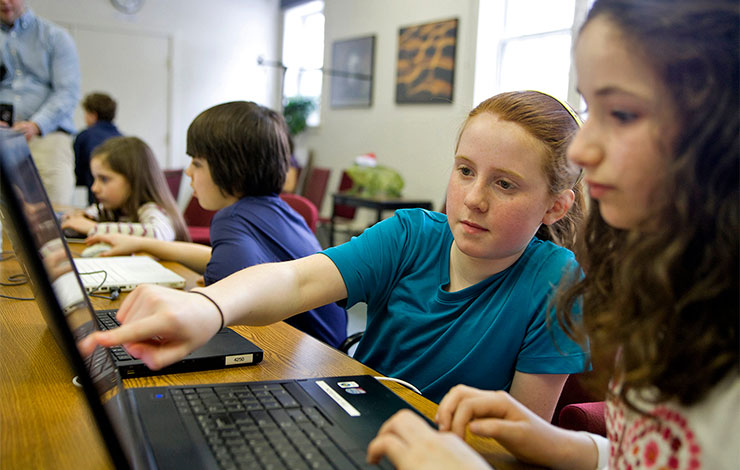Precipitating Change
Promoting students' ability to apply integrated science, math, and computational thinking in weather events.
With Argonne National Laboratory, Millersville University, and the University of Illinois at Chicago, we’re designing and testing instructional materials and technologies to promote middle school students’ ability to apply computational thinking practices and understandings in the context of weather and weather prediction. We will accomplish this using a novel, highly inquiry-based approach, placing students inside simulated weather phenomena and enabling them to play the role of scientific experts. In this role, students will actively employ computational thinking (CT) practices and skills and science and mathematics understanding as they collect and analyze incoming data, run and refine weather models, and make and evaluate predictions—all within ongoing, quasi-real-time situations. Through this work, we aim to empower students to understand and apply weather-related science and mathematics by employing core computational methods and thinking involving data, models and prediction.

Unit Includes
- Teacher Edition
- Teacher Dashboard
- Video Tutorials
- Student Science Notebook
- Material List
- Computational Thinking
Skills Chart - Final Presentation
Teacher Resources
Video Tutorials
Teacher Edition Tutorial
The Teacher Edition is the online version of a teacher guide with just-in-time tips, background information, and exemplar student answers.
Teacher Dashboard Guide
Use the Teacher Dashboard to see student progress and provide feedback on student answers.
Virtual Storm Tutorial - Teacher Guide and
Virtual Storm Tutorial - Student Guide
The Virtual Storm is a hands-on activity where your classroom is transformed into the Alaskan mainland and students become meteorologists, tracking a storm’s movement.
Where Does It Rain? - Virtual Model #1
In Lesson 4, students use a model to integrate what they have learned by tracking a storm and test their knowledge by entering rules they developed for conditions that would cause it to rain.
What Happens at the Front? - Virtual Model #2
In Lesson 5, students simulate how air masses interact and use a model to understand what happens when air masses collide.
How Fast is the Front Moving? - Model #3
Students are introduced to a new model and use the data for further analysis on where the front will be at the time of their event.
Classroom Materials
Student Science Notebook (Google Doc) (PDF)
The Student Science Notebook gives students one place to view all weather data and track their progress.
Materials List (Google Doc) (PDF)
A comprehensive list of materials needed for the project, including links to print handouts or purchase items online.
Computational Thinking Skills Chart (Google Doc) (PDF)
Every activity in the Precipitating Change unit is designed to help students develop one or more computational thinking skills.
Final Presentation Template (Keynote) (Google Slides) (PPT)
In the culminating project, students work in small groups to create a presentation combining the evidence they have collected from all prior lessons into a final forecast and recommendation.
Final Presentation Rubric (Google Doc) (PDF)
The culminating weather forecast project gives students an opportunity to highlight the weather science and computational skills they learned. Use this rubric to assess student progress.
Ready to get started? Learn how with the STEM Resource Finder User Guide.